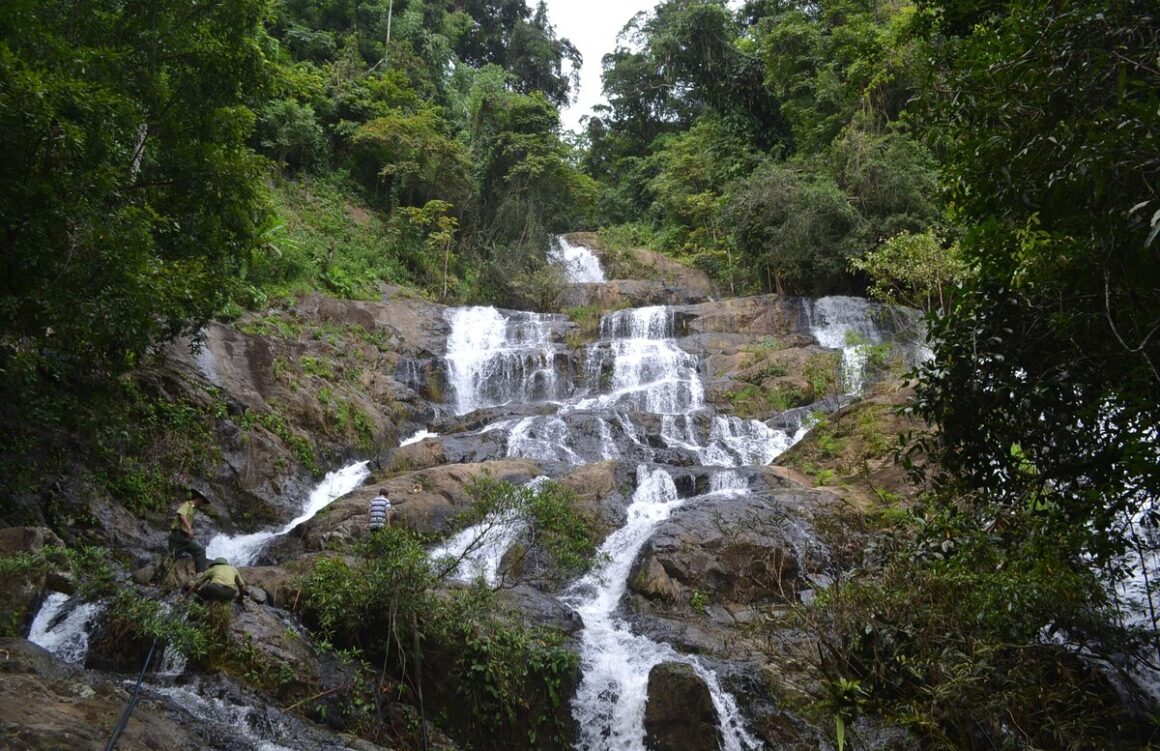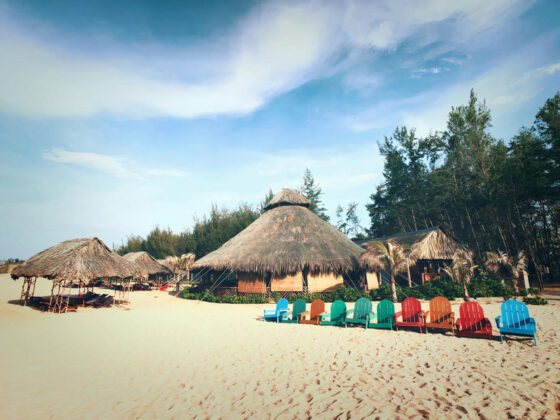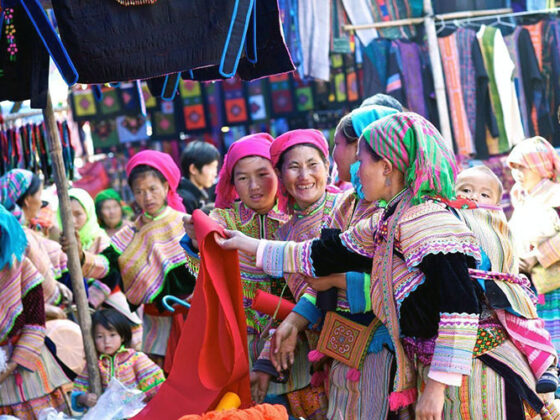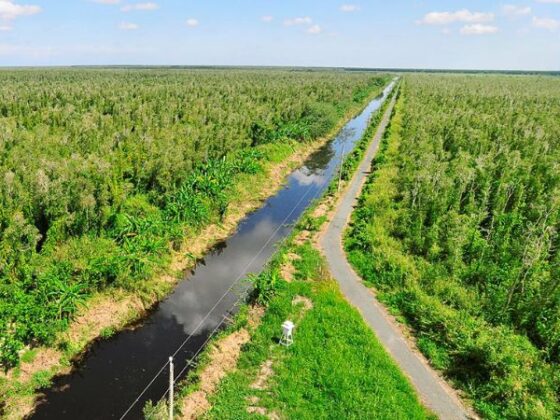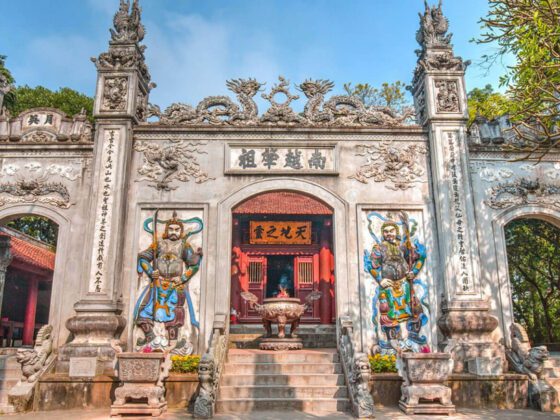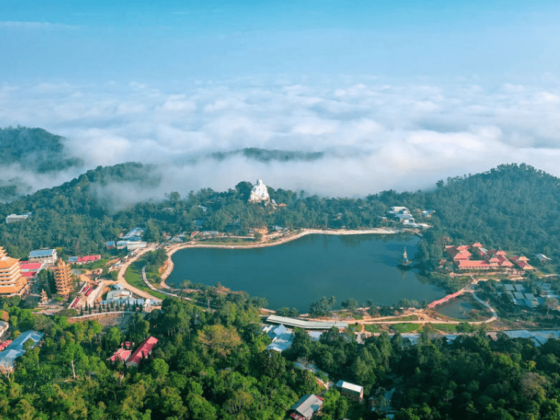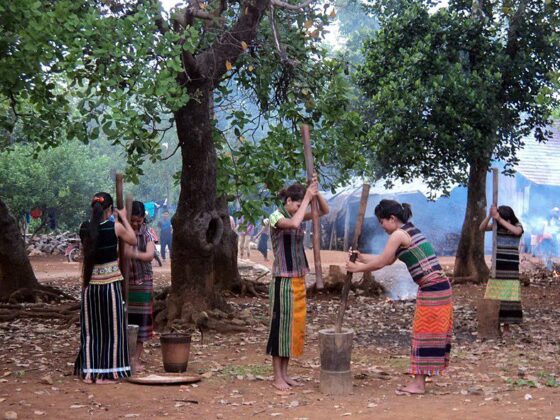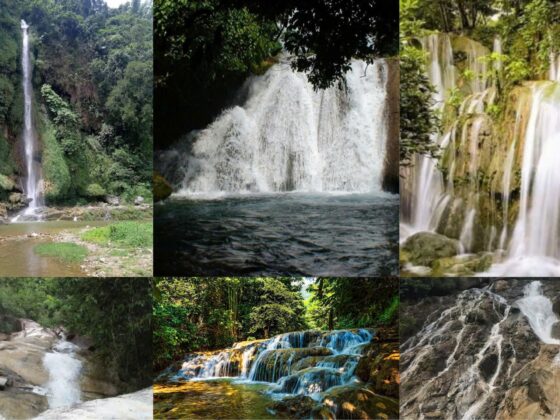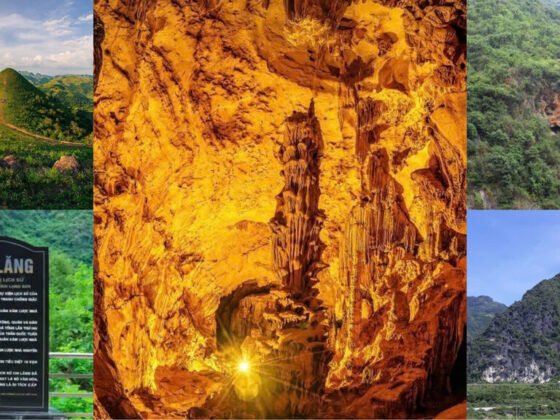Table of Contents Show
Deep in Vietnam’s Central Highlands, Chu Mom Ray National Park is more than a wilderness, it is a living legend. Here, ancient mountains meet dense forests, and every trail carries both wildlife and whispers of myth. This hidden frontier, where Vietnam meets Laos and Cambodia, offers travelers an experience unlike any other: raw nature, cultural depth, and a chance to listen to the forest itself.
Read more interesting posts here:
- Ethical Elephant Tourism Vietnam: Trekking for Conservation in Yok Đôn
- Rice Terraces and Tea Leaves: Discover Hoàng Su Phì Homestay
- Bình Châu Beach Camping: Your Guide to a Coastal Escape near Ho Chi Minh City
Gateway to the wild frontier: Chu Mom Ray National Park
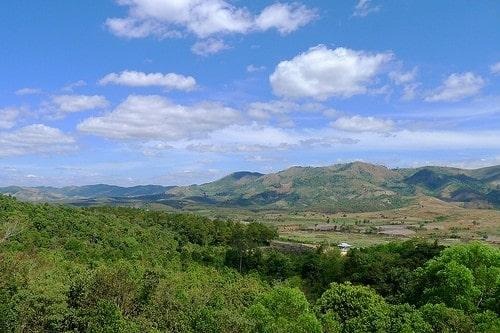
Some forests hum with life, others whisper with mystery. Chu Mom Ray National Park, in Kon Tum Province of Vietnam’s Central Highlands, does both. It is Vietnam’s largest national park on the western frontier, a remote wilderness where rugged mountains brush the border with Laos and Cambodia. To trek here is to enter a place where folklore and wildlife still share the same stage, where the line between myth and nature is as blurred as the mist rising through the trees.
The journey begins far from the tourist trails. Roads grow narrower, red dust rising from the wheels of motorbikes as you leave behind towns and coffee farms. Villages of the Bahnar and Jarai people dot the landscape, their stilt houses shaded by towering trees. Children wave shyly as you pass, and elders might nod with quiet curiosity. By the time the park gates appear, the sense of remoteness is already tangible, hinting at the wild heart of Chu Mom Ray National Park.
The physical trek & natural challenges in Chu Mom Ray National Park
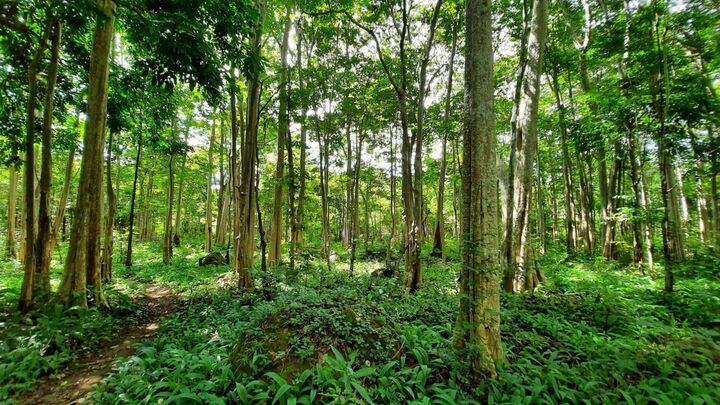
Inside Chu Mom Ray National Park, the air changes. Humidity clings to your skin, and the chorus of cicadas becomes constant. Trails weave through dipterocarp forests and bamboo thickets, up steep ridges that test both lungs and legs. Physically, it is demanding, the kind of trek that leaves your shirt soaked and your calves aching. Yet every step seems to pull you deeper into another world, a testament to the raw adventure offered by Chu Mom Ray National Park.
Wildlife wonders of Chu Mom Ray National Park
The forest of Chu Mom Ray National Park is alive with wildlife, much of it rare. Hornbills wheel overhead, their wings beating with a sound like distant drums. Langurs leap through the canopy, their calls echoing between cliffs. If you are lucky, you may glimpse gaur, massive wild cattle, or the delicate tracks of muntjac deer on a riverbank. Conservationists say even tigers once prowled these ridges. While their presence today is uncertain, the possibility lingers like a shadow, adding to the mystique of Chu Mom Ray National Park.
Legends & spiritual connection to the forest
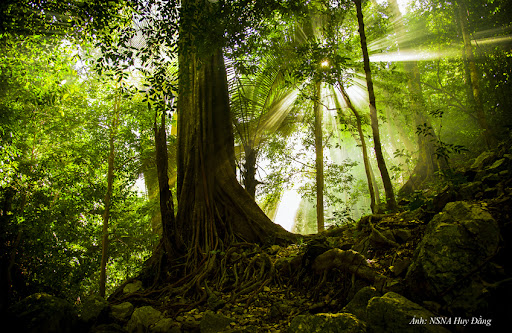
But what makes Chu Mom Ray National Park more than wilderness is its stories. Local guides speak of spirits who guard the mountains, of sacred trees where villagers leave offerings, of waterfalls believed to hold the voices of ancestors. One legend tells of a hunter who chased a golden deer into the forest, only to vanish forever; another of a giant bird whose wings created the valleys and rivers.
These tales are not told as fiction, but as truths that shape how communities live with the land. For the Bahnar and Jarai, the forest is not simply a resource; it is kin, demanding respect and reciprocity, a core aspect of visiting Chu Mom Ray National Park.
Camping, solitude & final reflection in Chu Mom Ray National Park
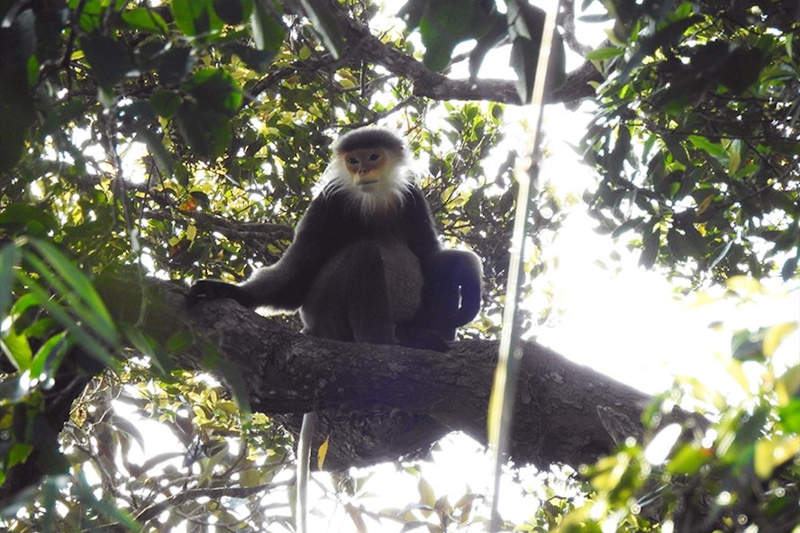
Camping here is an experience in humility. As night falls, the forest changes voice. The calls of birds fade, replaced by the steady drone of insects and the occasional rustle of unseen animals. Sitting by a small fire, the darkness feels absolute, broken only by the glow of embers and the stories shared by your guide. It is in moments like these that you feel the forest speaking not in words, but in presence, in the way it holds you both welcome and wary, a profound experience in Chu Mom Ray National Park.
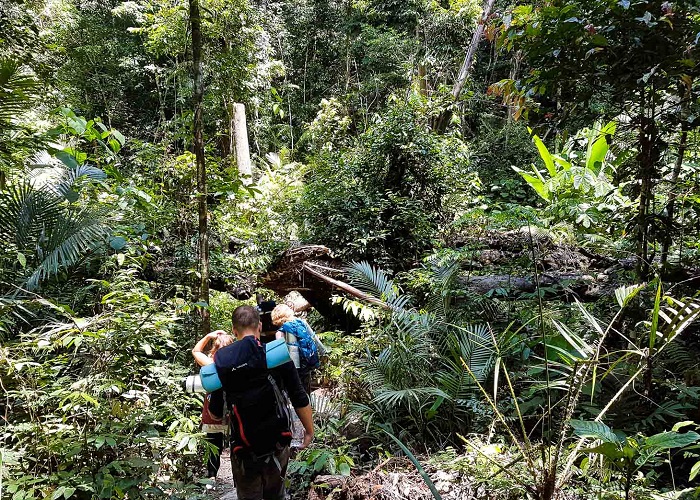
For travelers, Chu Mom Ray National Park offers something rare in Vietnam: true solitude. Unlike more popular parks, there are no crowds, no souvenir stalls, only you, the trail, and the weight of history carried by the land. It is a place that strips away noise and asks you to listen to the rustle of langurs, the rush of hidden streams, the quiet reverence of those who have walked here for generations.
When I left the park, my legs were sore and clothes damp, I carried more than photographs. I carried a sense of having stepped into a living myth, a place where folklore and wildlife still breathe side by side. Chu Mom Ray National Park does not simply show you the forest. It asks you to hear it, to respect it, and to carry its legends forward reminders that adventure is not only about what you see, but also about what you learn to listen to.
Conclusion
Chu Mom Ray National Park is where myth and nature meet. It’s a place that challenges your body, awakens your senses, and touches your spirit. As you trek through its forests and hear its stories, you realize this journey isn’t only about exploring wild landscapes — it’s about understanding the fragile relationship between humans and nature. To visit Chu Mom Ray is to carry its legends forward, ensuring that both the wildlife and the stories remain alive for generations to come.
Join our community of explorers in the ExoTrails Facebook Group and follow the ExoTrails Fanpage for daily inspiration and trail tips!
FAQs
What is Chu Mom Ray National Park known for?
Chu Mom Ray National Park is known for being Vietnam’s largest national park on the western frontier, its rich biodiversity, rare wildlife, and the deep cultural legends of the Bahnar and Jarai ethnic groups.
Is it possible to trek in Chu Mom Ray?
Yes, it is possible to trek in Chu Mom Ray National Park, though it offers a demanding physical challenge through dense forests and rugged terrain.
What wildlife can you see in Vietnam’s Central Highlands?
In Vietnam’s Central Highlands, you might spot hornbills, langurs, gaur, muntjac deer, and a variety of other rare species, with a remote possibility of even larger predators like tigers.
What are the most remote national parks in Vietnam?
Chu Mom Ray National Park is considered one of the most remote national parks in Vietnam, bordering Laos and Cambodia, offering significant solitude.
What are the legends of the Bahnar and Jarai people?
The Bahnar and Jarai people have rich legends about spirits guarding mountains, sacred trees, waterfalls holding ancestral voices, and mythical creatures like golden deer and giant birds that shaped their land.

